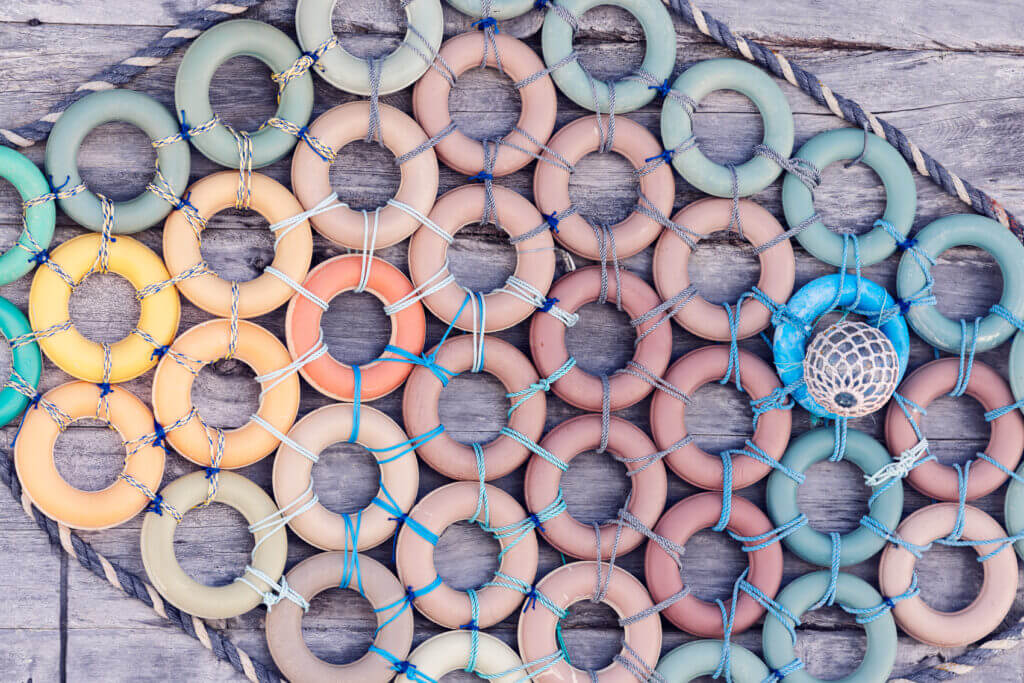Sámi Allaskuvla
WP7 lead: Samuel Valkeapää, Assistant Professor, Sámi Allaskuvla / The Sámi University of Applied Sciences
Empowering Indigenous higher education institutions and remote Arctic coastal communities by developing gender-sensitive and innovative education formats
Overview & Objectives
WP7 will analyze the link between gender asymmetries (female out-migration leaving young men behind in higher education and art production) and existing forms of Indigenous education and knowledge validation in the field of rural creativity/visual and material culture connected to Sámi local traditional livelihoods. The WP aims to strengthen art and duodji (Sámi handicraft) – deeply rooted in land- and seascapes, cultural heritage, and identity – as tools and coping mechanisms in an Arctic environment in transition and develop international higher education courses on Indigenous art and discourse)
Strengthen capacities of Indigenous education institutions and knowledge centers

Strengthen capacities of Indigenous education institutions and knowledge centers
Activities & Relational Methods
Indigenous art/duodji (Sámi handicraft)/design is frequently perceived as expressive and illustrative, rather than recognized for its potential to create new knowledge, aimed at generating new understandings and theories. This lack of recognition hinders the full appreciation and utilization of Indigenous art/duodji/design as a valid research method for informing policies and practices. In addition, there is a need for enhancing education and training opportunities in remote Arctic coastal communities reflecting particular local livelihoods, forms of mobility and social relations addressing also the disruption in intergenerational knowledge transfer stemming from harsh assimilation policies during the 20th century.
Improve understanding of Indigenous art/duodji/design as a valid research method going beyond verbal practices (e.g. interviewing) for informing decision-making. Make different modes of expressions accessible to policy makers to ensure the needs of Arctic coastal communities experiencing rapid socio-ecological transitions are met. Develop course work and curricula for in-person and digital learning to enhance capacity building linked to land-and seascape- based practices to support knowledge transfer for sustainable marine practices, thereby fostering the revitalization of culture and creating new socio- economic opportunities.
Expected Outcomes & Impact
Improve understanding of Indigenous art/duodji/design as a valid research method going beyond verbal practices (e.g. interviewing) for informing decision-making. Make different modes of expressions accessible to policy makers to ensure needs of Arctic coastal communities experiencing rapid socio-ecological transitions are met. Develop course work and curricula for in-person and digital learning to enhance capacity building linked to land-and seascape-based practices to support knowledge transfer for sustainable marine practices, thereby fostering the revitalization of culture and creating new socio-economic opportunities.
Personnel
Research Areas
Click each place to read more
Guovdageaidnu/Kautokeino is home to a strong traditional Sámi culture, closely connected to research and higher education rooted in the Sámi language. Here, knowledge is mobilized to shape the future of Sápmi.